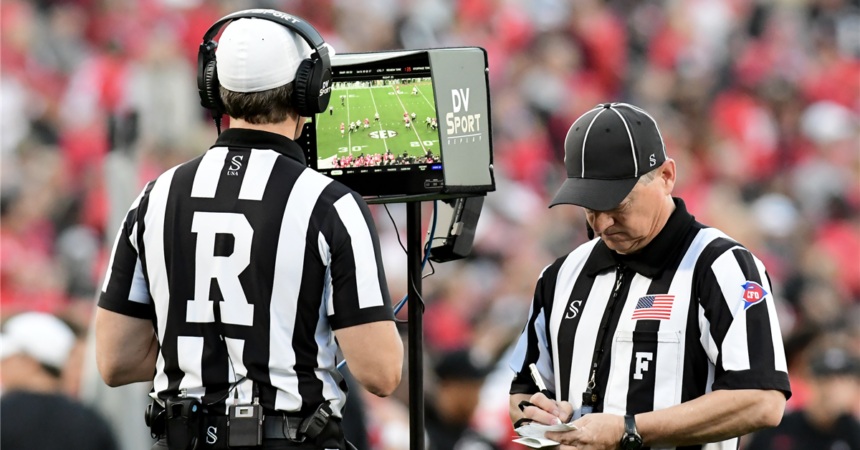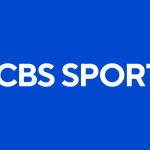Consecutive timeouts have also been outlawed. Teams are longer be allowed to “ice the kicker” before a field goal attempt, nor is a head coach able to signal a timeout before an offensive or defensive snap if his team is coming out of one the previous play. While the latter is rare, it does happen. With this change, coaches will be less likely to hold as many timeouts as they can for late-game situations. They can’t take them with them and now, opportunities might be spare in the final moments.
There was also a change to untimed-down scenarios. No longer can the first quarter or third quarter be extended by an untimed down following a defensive penalty. Instead, that penalty will be assessed to begin the ensuing quarter. This is a change that may go unnoticed for the most part, but the down will be clocked in the second or fourth quarter, according to the NCAA’s updated rulebook. There are no changes if a defensive penalty happens at the end of the first or second half and will be played as an untimed down as before.
“We’re stopping the game and the large majority of the time, we’re not changing the ruling on the field,” McDaid said Tuesday. “Certainly this is true in the SEC and I think nationally, we’re all on the same page of the standards we’re supposed to potentially changing the call on the field. There’s advocation for adopting more of the NFL model. More of a hybrid model where we’re still stopping the game for certain scenarios, but leaving a lot of the reviewable elements of the game to coaches challenges.”











